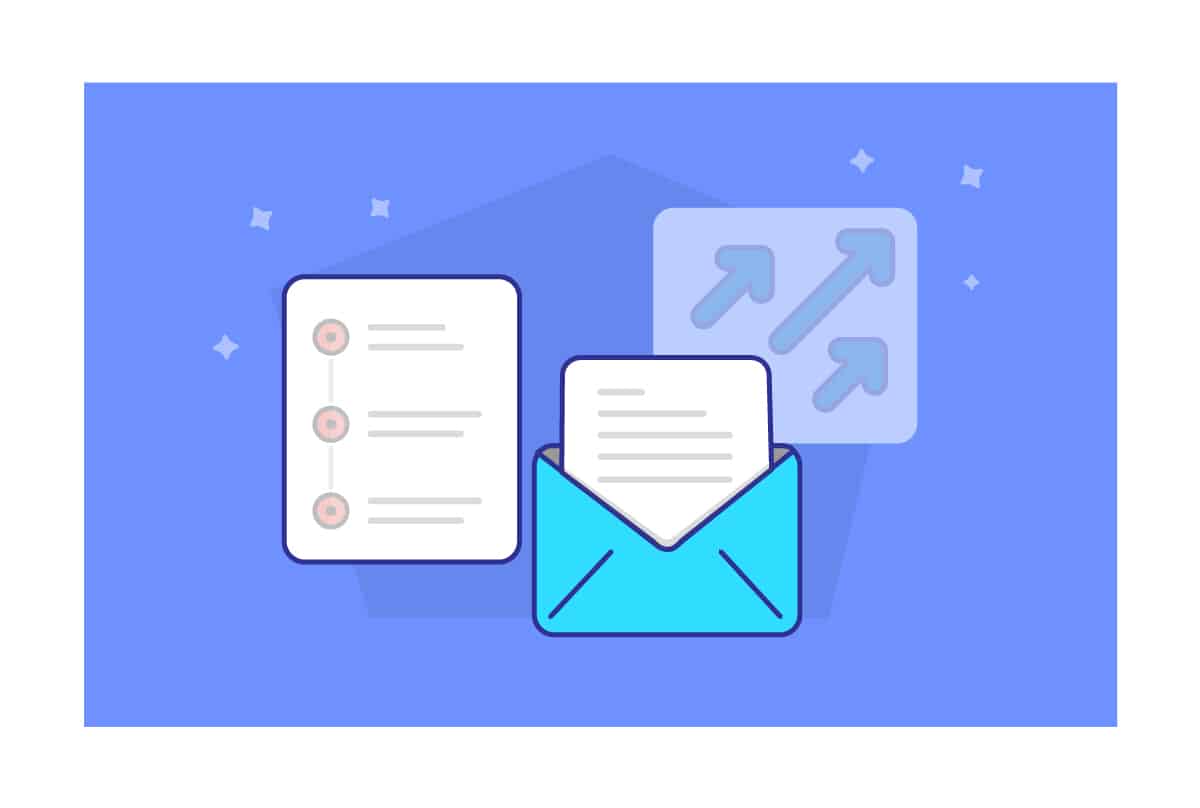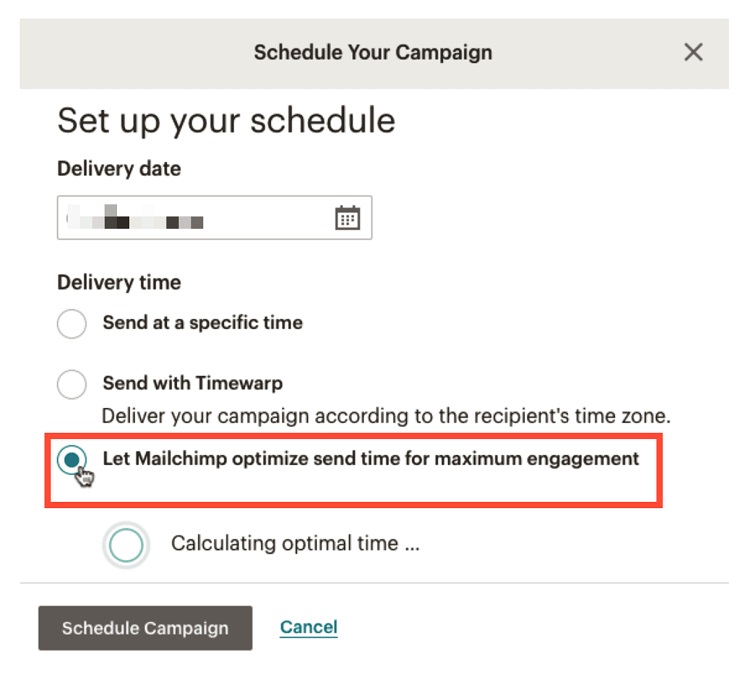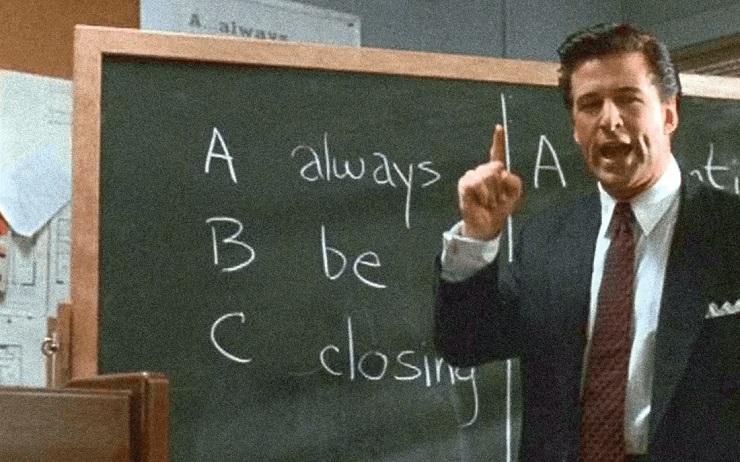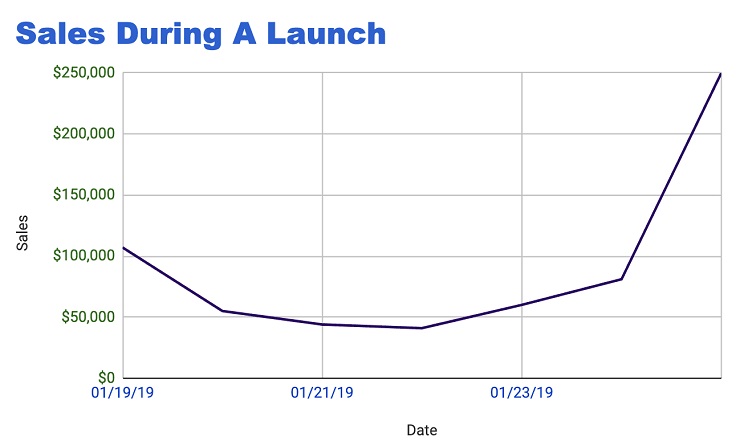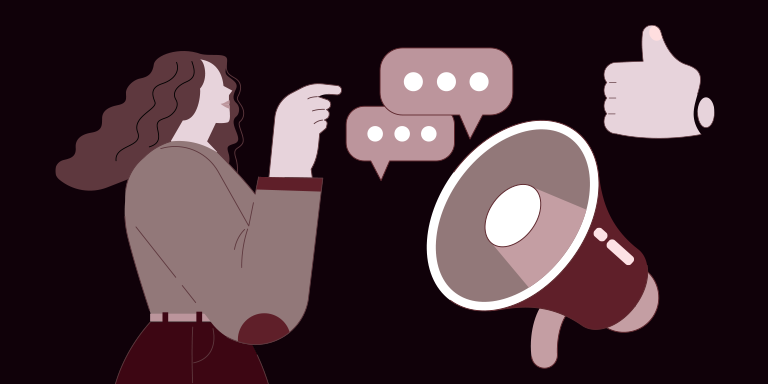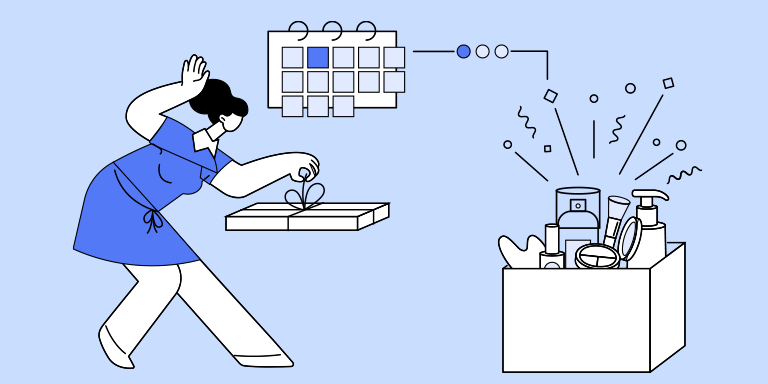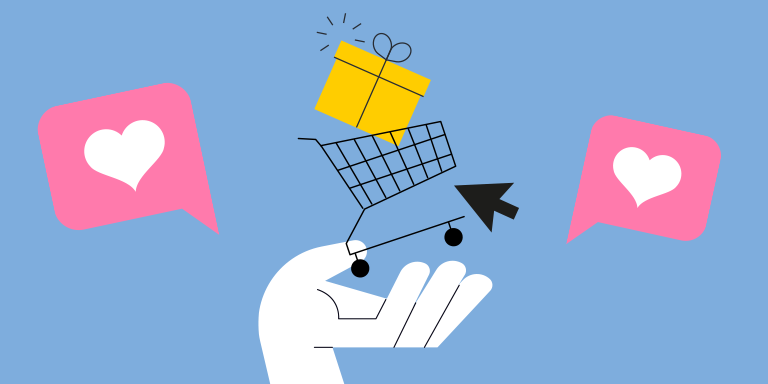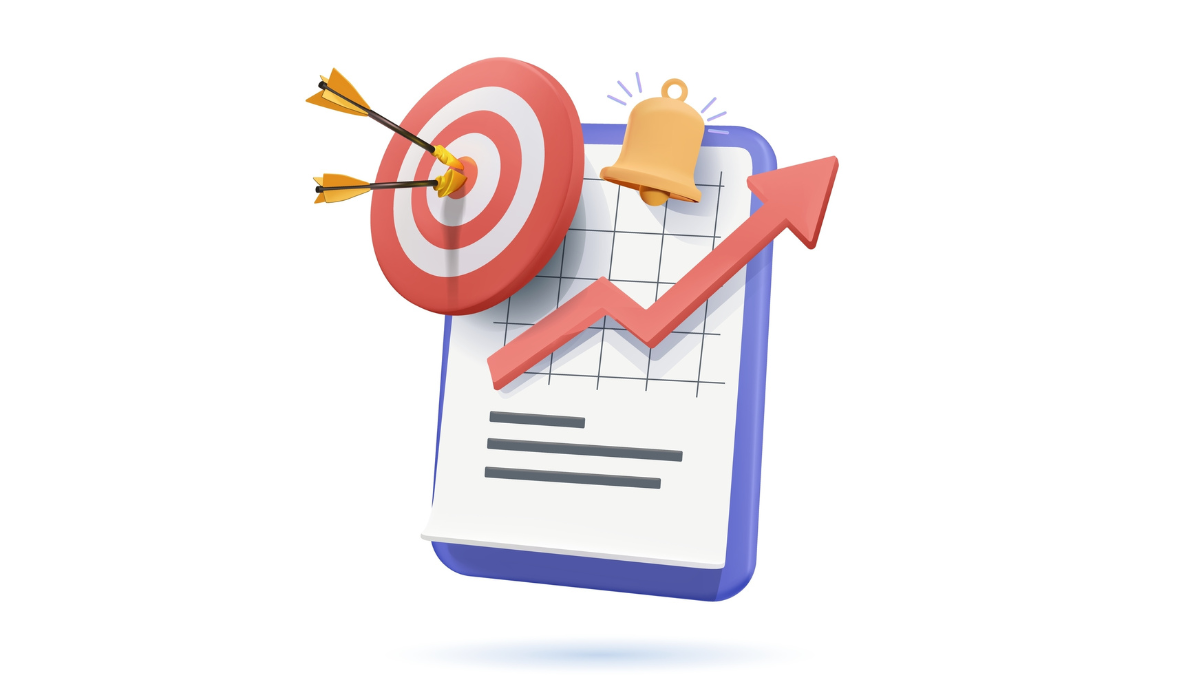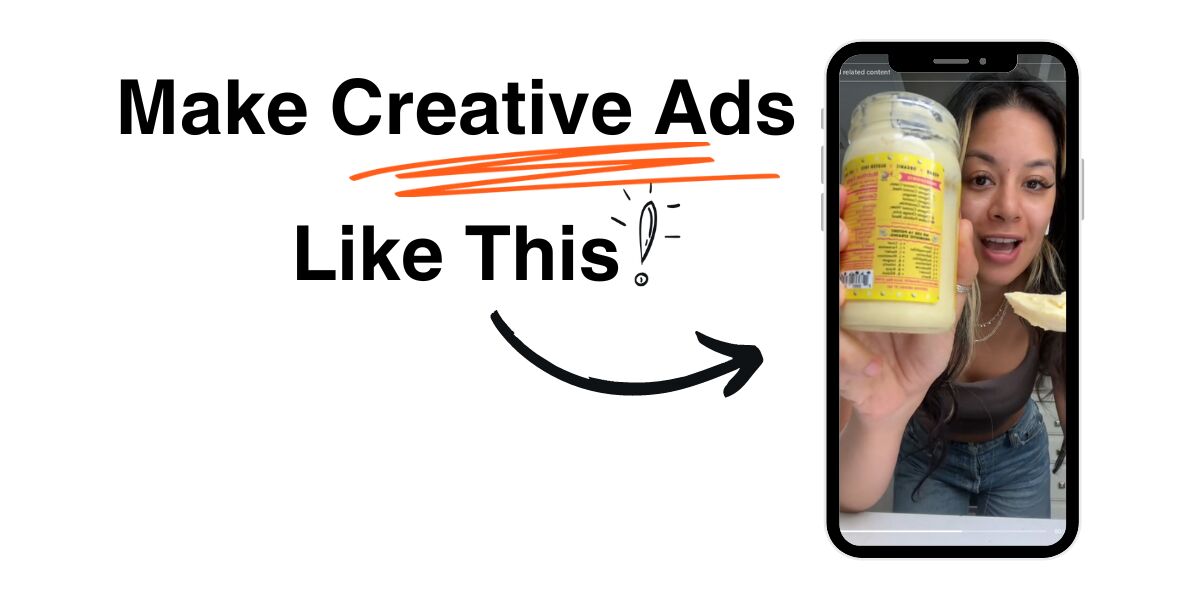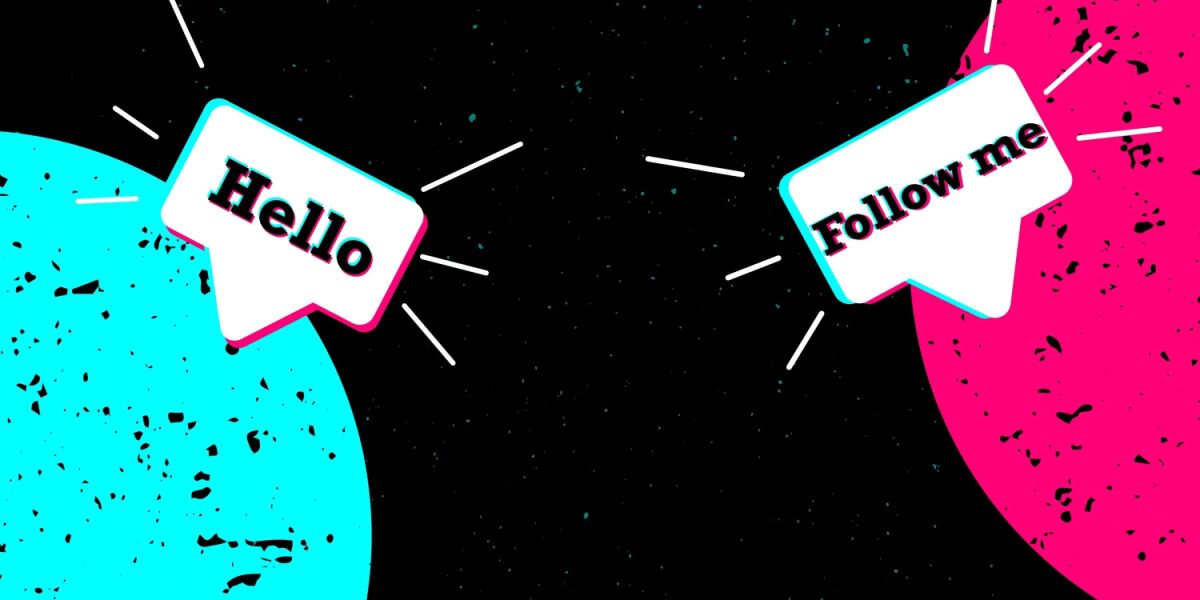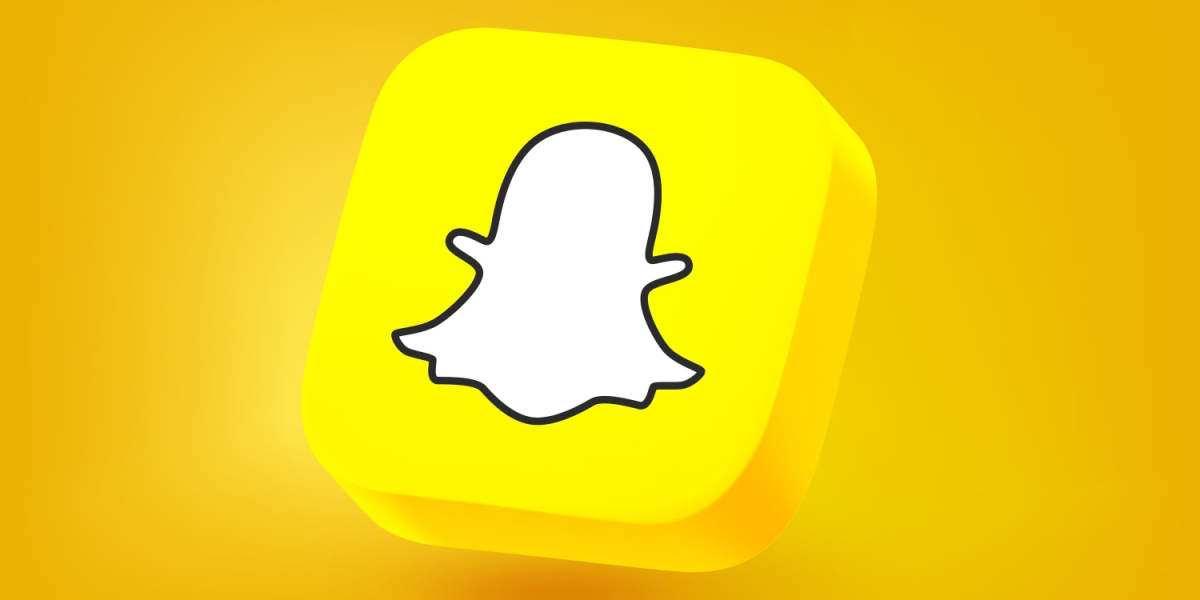In marketing, there’s one general rule for success: go where the eyeballs are.
And despite the rapid growth of newer channels like Instagram, Snapchat, and YouTube, there are still plenty of eyeballs on email. It remains one of the best vehicles to build relationships with your audience and grow your business.
In fact, according to research from Radicati Group, there are over 6.7 billion email accounts around the world. For context, that’s more than double the 2.7 billion people that use Facebook, WhatsApp, Instagram, and Messenger.
Do businesses know this? You bet. That’s why they send an average of 293 billion emails every single day promoting their content, products, and sales. But with so many emails flooding your customers’ and fans’ inboxes each day, it can be difficult to stand out, get your emails opened, and direct your audience to what you have to offer.
EXCLUSIVE FREE TRAINING: Successful Founders Teach You How to Start and Grow an Online Business
But fear not. We recently had Gleam.io co-founder and Foundr course instructor Stuart McKeown in studio to share some of his battle-tested email marketing tips for getting more opens, clicks, and customers.
Stuart has spent more than 14 years mastering email marketing and he has the results to show for it—over 2 billion conversions.
Check out this video for 6 keys to leveling up your email game that you can put into action right away. Then, below the video, we’ll break down his tips into a bite-sized plan for you to put into practice in your business today.
Tip #1: Optimize the Time You Send
Consider this scenario: You have two email subscribers on opposite sides of the world. One lives in Los Angeles, the other in Tokyo.
While that might not seem like a big deal, there’s actually a 16-hour time difference between those two readers. That means if you send an email at 10 a.m. on Friday to your LA follower, your reader in Tokyo would get the same email at 2 a.m. on Saturday.
I don’t know about you, but I’m not normally reading emails at 2 a.m. on a Saturday.
This is a reality businesses face. Only it’s not just two times zones—it’s actually dozens! You can imagine how this could easily become a big problem, especially if you have a time-sensitive offer or want to direct people to a piece of content at a specific time.
Enter send time optimization.
Send time optimization is a feature of many modern email service providers that allows you to customize send time based on when people are most likely to open.
It takes into account things like the reader’s location and past behavior. So if your subscribers normally open emails later in the day or first thing in the morning, it will automatically send then.
As Stuart points out, this gives your business a powerful advantage. Most people are just choosing a time at random and sending. And by doing so, they’re leaving a lot of potential opens on the table.
It also eliminates the guesswork that normally goes into sending emails at specific times. For example, it used to be common knowledge that you want an email in your readers’ inboxes first thing in the morning.
But Stuart says now that everyone has started to implement this strategy, it doesn’t work like it used to. In fact, he’s found a lot of success sending in the evenings when there’s a lot less competition in the inbox. Had he not been leveraging send time optimization, he would have never made that discovery.
Tip #2: Test Your Subject Lines
Want to know how to spot a rookie email marketer? Watch how they treat their subject lines.
Because the truth is, if someone spends only a few seconds on a subject line after creating an email, 9 out of 10 times they’re a newbie (and making a critical mistake).
Veteran email marketers like Stuart know a good subject line is one of the most important parts of an email.
For example, say you send an email to 100,000 people. For every 1% difference in open rate, that’s 1,000 additional people who get to see your offers and content. Generally, that correlates directly with higher sales.
If you want to write subject lines that get more opens and, therefore, more sales, Stuart has found three keys to consistently improving open rates:
- Make clear value propositions. Stuart sees a lot of people try to get creative when they write emails. When they do this, they essentially shoot themselves in the foot. People don’t open an email because it’s “clever.” They open because there’s a clear promise of value inside. So he says if you run a business helping people get clients, don’t say something like, “Money rained down from the sky.” Just say, “Exactly how to get your first client in 30 days.” Since the promise is clear, the reader knows there’s a benefit to reading it (or at least opening it). Make the benefit of your email 100% expressed in the subject line.
- Evoke curiosity. The flipside of stating a clear benefit is to make the reader need to open it to see what’s inside. For example, you might say something like, “STUNNED: I can’t believe she said THIS.” This is an extreme example, and you still want to signal the email’s benefit even when using a tease, but curiosity can be a powerful motivator.
- Be casual. Some of the best email subject lines Stuart has ever written are casual. They read like emails you might receive from a friend. I’ve seen this in my own email marketing, too. For example, I once wrote the subject line, “Dude! Did you see this?” and it got an open rate that was 34% higher than, “New Course: 9 Client Generating-Secrets.” The reason is the latter sounds like a sales pitch (so people’s defenses were raised).
These three tips can take your email game up a big notch. Put each one to the test and see which approach your list responds to. But whatever you do, don’t treat your subject lines as a throwaway decision. They’re a tiny, yet powerful part of any email you can leverage to get more opens and sales.
Tip #3: Watch Your Send Frequency
One of the most common questions Stuart is asked by business owners is, “How often should we be sending?”
Some people say you should send every day because “More emails equals more money.”
But others say you should send sparingly to protect from unsubscribes.
So which is true?
It depends on your list and the industry you’re in. For example, if you have a fashion store, you might be able to get away with having sales on a weekly basis.
But if you’re running a personal brand or blog, and constantly selling something new every day, it can lead to lower engagement, lower sales, and even people unsubscribing altogether.
Worse, spam reports might go up, too. And that could put your email account in jeopardy of being shut down. So Stuart says you should take that as a warning not to send too much, just because you can.
Some research suggests that B2C companies should send email two to five times per month.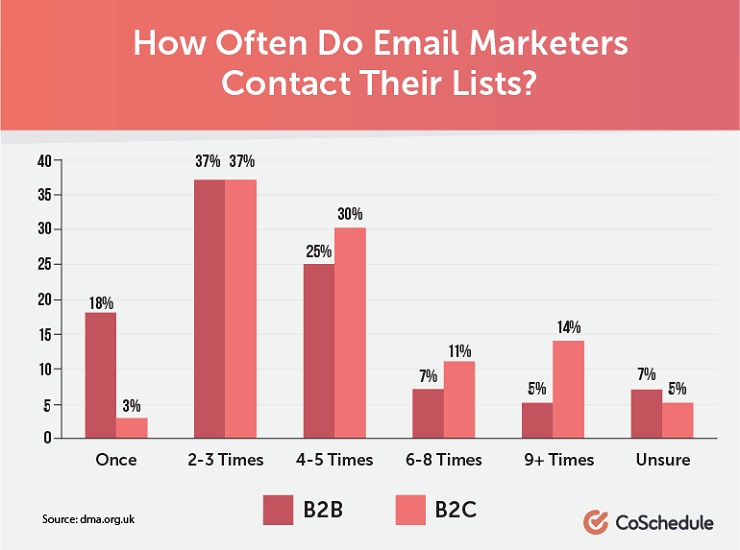
But Stuart argues that there are no blanket answers. The only way to know is to ask your list how often they want to get updates from you. For example, you can send a simple survey to your readers that asks about their email preferences and make that your guide.
Turns out, email volume is less like a prescription from a doctor and more like Goldilocks and the three bears—not too much, not too little, you want your volume to be just right for your readers.
EXCLUSIVE FREE TRAINING: Successful Founders Teach You How to Start and Grow an Online Business
Tip #4: Forget A.B.C. Try A.B.C.G Instead
There’s the old adage that salespeople should “Always Be Closing.”
But in the world of email marketing, that just doesn’t hold true. If your emails are just a constant assault of offers, sales, and time-sensitive deals, people will bolt.
Stuart says the key to keeping people engaged with your emails is to mix content and valuable information into your feed of messages. For example, if you have a supplement store and are planning to run a big sale on your probiotics in the coming weeks, don’t just send an email the day of the sale.
Leading up to the launch, send valuable content about what makes a high-quality probiotic and common probiotic mistakes people make. These informational emails—while not selling something—can often win over people’s hearts and minds before you ask them to take out the wallets and buy.
I’ve tested this in big product launches. Whenever I’ve taken the time to give valuable information before asking for the sale, it always increases sales.
In fact, a few years ago, I was working with a big health and supplement company. We did one launch where went straight to a webinar and another where we dripped a series of valuable videos and then offered up a webinar (that people could buy).
The one without the valuable pre-launch content did $225,387. The one with the pre-launch content did over $2 million. That’s almost 10x the result, because we focused on giving before asking.
Stuarts says any business that’s not leveraging this in their email marketing is leaving lots of sales on the table (and possibly ruining a lot of relationships with would-be-good subscribers).
Don’t make this mistake. Mix in valuable, free content with your offers. Shift from Always Be Closing to Always Be Closing and Giving.
Tip #5: Focus on the Real KPI
Pop quiz time: Which email list would you rather have?
List A: 151,289 subscribers
Or
List B: 5,854 subscribers
Without any other information, you’d probably say, List A, duh.
But what if I told you that the subscribers on List B were 59 times more valuable than List A’s subscribers? Would your answer change?
Well, that’s not a hypothetical. A while back I worked with two clients with those list sizes. The client with the list of 151,289 subscribers actually generated less revenue than the client with 5,854 subscribers.
It all boils down to how engaged each list is. If you have a list of diehard fans who love you, that will always beat a list of cheap leads who never even open your emails.
Stuart sees a lot of businesses make the mistake of believing a bigger list is always better. But he’s found that you should always be optimizing and grooming your list for engagement.
So if a person hasn’t opened your emails in six months, it doesn’t make sense to have them on your list. Stuart encourages business owners to let these subscribers go.
He says that not only are you probably paying too much for your email service provider because you’re paying for a certain number of subscribers that you don’t need, but you’re also lowering your metrics and making it tougher to value your list.
Ideally, you would stop people from disengaging before it’s too late. But in the event that someone has stopped opening your emails, it’s time to remove them from your list.
Over time, this will ensure you have a list of only the best, most engaged readers and eliminate all the riff raff.
Tip #6: Leverage the Power of Time-Sensitive Campaigns
There’s a reason the four-day Black Friday weekend sales totaled about $60 billion in 2018, according to Customer Growth Partners.
When you tell people about and offer and give them a hard deadline to act, they take action in droves.
Mckeown considers time sensitive offers an essential part of any good email campaign. And you might be shocked at just how many people wait till the last minute to buy. I’ve seen as many as 70% of sales for a promotion coming in the final hours before a deal closes.
When you put the sales for a promotion on a graph, it actually begins to look like a “J.”
The “J” comes from a HUGE spike in sales on the last day. Why does this happen?
The reason is because scarcity and deadlines are some of the most powerful tools for influencing people to take action.
But Stuart urges you to not always be running time-limited promotions, because it can create a lot of fatigue on your list. Just keep it in your back pocket as a card you can play at any time and see a HUGE uptick in sales.
EXCLUSIVE FREE TRAINING: Successful Founders Teach You How to Start and Grow an Online Business
Got Any Hot Email Tips?
As you’ve seen, billions of people are checking their email every single day.
And businesses that know how to stand out in crowded inboxes and get more clicks and opens stand to dominate from this day on. Armed with Stuart McKeown’s wisdom, there’s no reason you can’t be the only message your readers actually see today.
Leave a comment to let us know what email tips and secrets you’ve found for creating more customers and sales below
I can’t wait to read your ideas!
